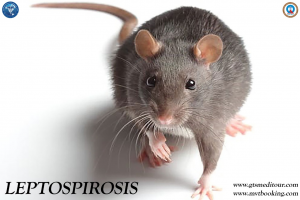DEFINITION
Electro surgery is the use of a high frequency electrical energy in the radio transmission frequency band applied directly to tissue to induce histological effects.Current is in the range 1.5-7.5 million per second or megahertz
WORKING
High frequency electro surgery works by using electrical current and make it pass through the body tissue so as to create the desired clinical effect. Occurring biological in nature once the current is converted into heat ,the tissue will have thermal damage.It is important to note that there should be a sufficient amount of frequency to avoid causing muscle contraction .With inappropriate amount of frequency ,it can stop the heart from beating.Contrarily instead of merely causing heat through electrical current, electro cautery involves the usage of a hand held element to apply the heat directly to the affected area.Other modalities that can be combined are electro surgery such as scalpel, scissors and curette. In combining there a specimen can be preserved for histo pathological examination and this can also have better hold into the coverage of detruction
ADVANTAGES
- Electro surgery offers less operating time and limited bleeding,which is advantageous to parents
- Compared to laser surgery this procedure is also much cheaper
- A less post operative time for recovery can also be expected
- Recurrence rates are reported to be low
RISKS
- Because of utilization of electric currents ,electric shock can be a risk when there is no grounding pad and if the current is being randomly sent to any part of the body
- Burns can also be evident
- In order to prevent burns , the skin must be cleaned and then a conductive gel should be used to enhance the contact with return electrode
- All in all to avoid any unwanted side effects, proper handling of equipment and precise way of executing should always be achieved
To get opinion from our network of hospitals visit mvtbooking.com or send a email to query@gtsmeditour.com
Prepared by :Dr Sajna Hamza




















